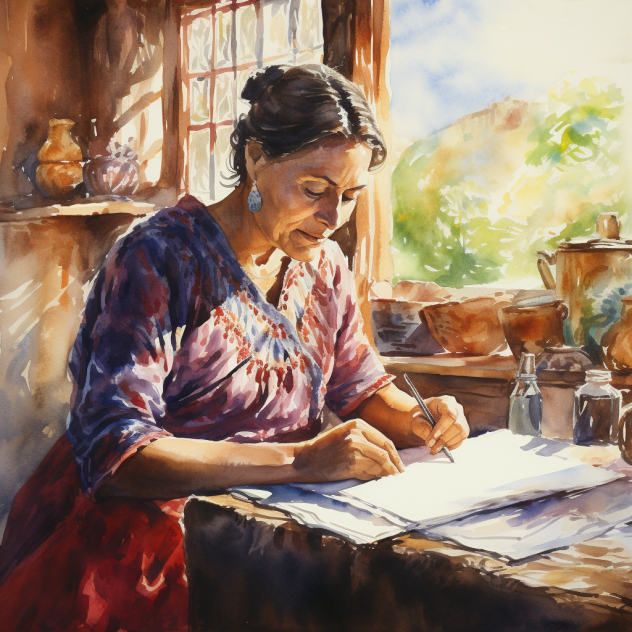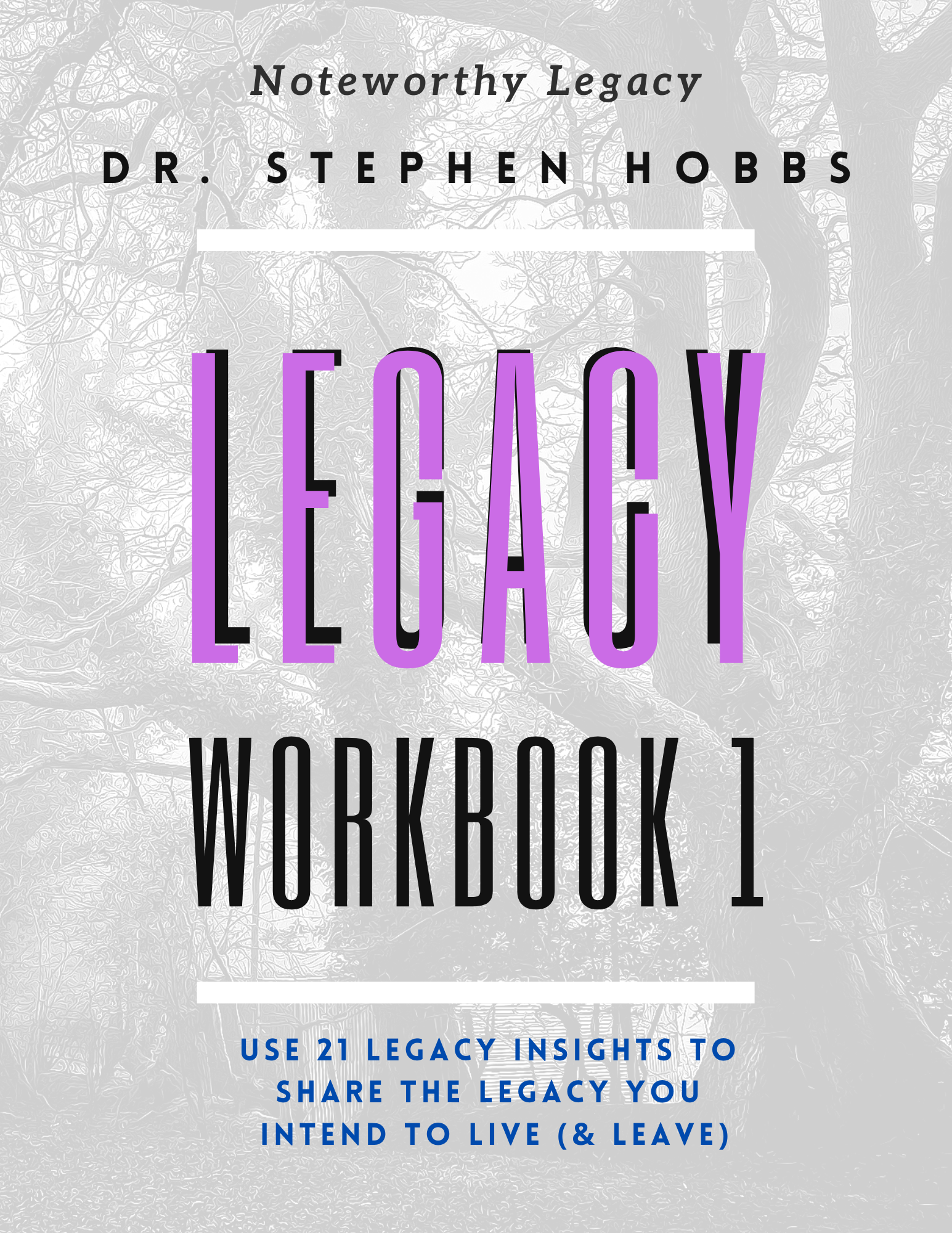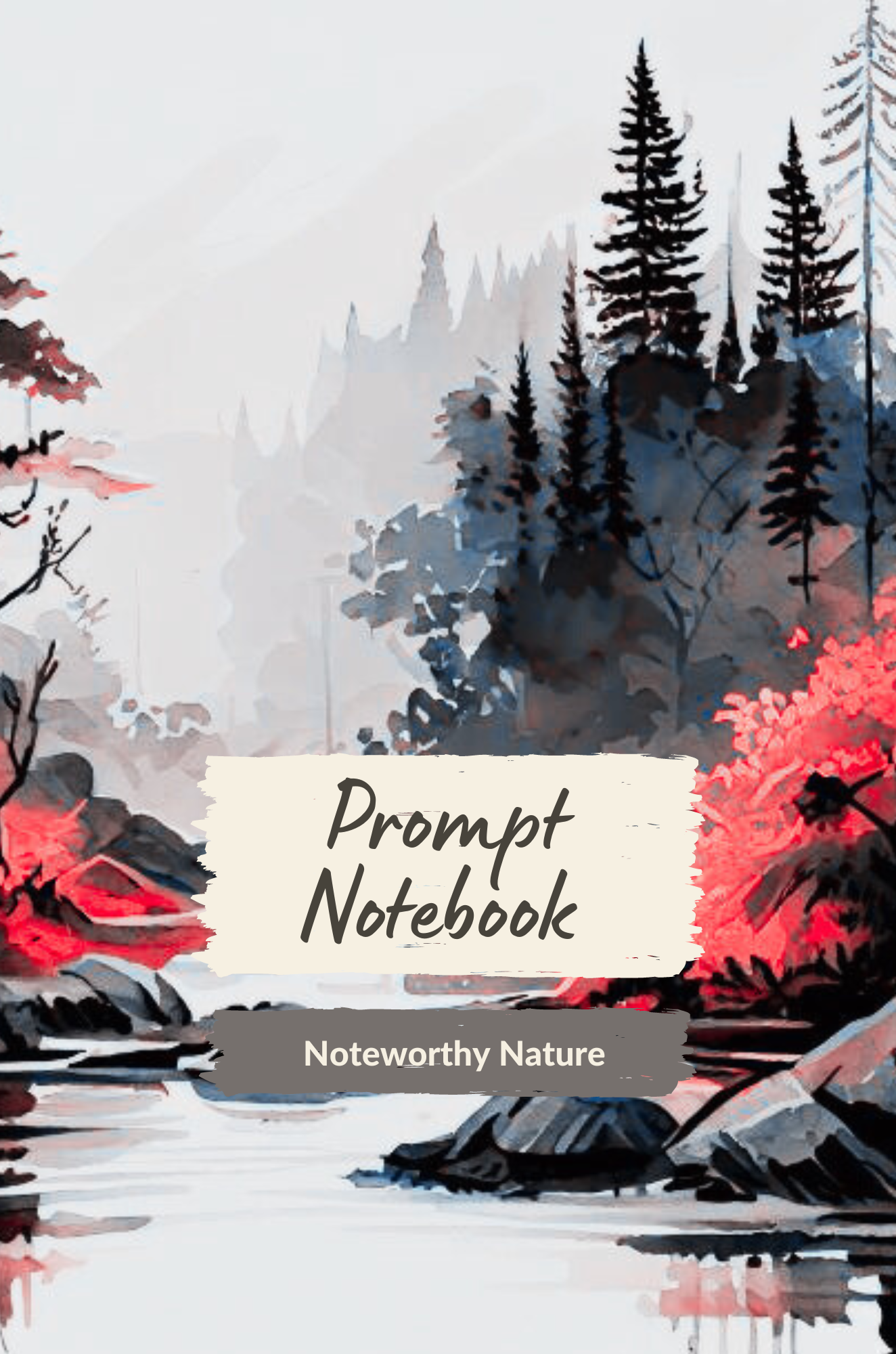Saturday Legacy Stories from Solace Grove #2
Where Mountains Meet Community, and Every Story Matters
What is the Meaning of the Terms Solace and Grove?
The Term "Solace"
Definition: Solace refers to comfort or relief from distress, grief, disappointment, or suffering. It represents both the feeling of being comforted and the source of that comfort.
Etymology and Origins
The word "solace" comes from the Latin "solacium," meaning comfort or consolation, which derives from "solari," meaning "to console." It entered English in the 13th century through Old French "solas."
Primary Meanings
As a Noun:
Comfort received in times of distress or sadness
Something that provides relief from emotional pain
A source of consolation during difficult periods
As a Verb (less common):
To comfort someone in distress
To alleviate grief or anxiety
To provide consolation
Common Usage Examples
Emotional Context: "She found solace in her garden after her mother's death."
Spiritual Context: "Many people seek solace in prayer during challenging times."
Creative Context: "He took solace in writing poetry when words failed him in conversation."
Nature Context: "The quiet forest provided solace from the chaos of city life."
Community Context: "The support group offered solace to those grieving similar losses."
Synonyms and Related Terms
Comfort
Consolation
Relief
Peace
Refuge
Sanctuary
Balm
Succor
Key Characteristics of Solace
Temporary but Meaningful: Solace doesn't necessarily solve problems but provides temporary relief that can be emotionally significant.
Personal and Subjective: What provides solace varies greatly between individuals—music, nature, relationships, spiritual practices, or creative activities.
Active and Passive: Solace can be actively sought (through meditation, therapy, or prayer) or passively received (through unexpected kindness or natural beauty).
Healing Quality: While solace doesn't eliminate pain, it often supports the healing process by providing emotional respite.
In Literature and Culture
Solace appears frequently in literature as both theme and imagery, often associated with:
Natural settings that provide peace
Human connections that offer comfort
Spiritual or philosophical frameworks that give meaning to suffering
Creative expression as a form of emotional release
Distinction from Similar Concepts
Solace vs. Happiness: Solace is comfort during difficulty, while happiness is positive emotion independent of circumstances.
Solace vs. Solution: Solace provides emotional relief without necessarily solving the underlying problem.
Solace vs. Escape: Solace involves healthy coping with reality, while escape implies avoidance of reality.
The term suggests a gentle, restorative quality that helps people endure difficult times while maintaining their emotional equilibrium and capacity for hope.
The Term "Grove"
Definition: A grove is a small group of trees growing together, typically without undergrowth, often in a natural or deliberately planted arrangement. The term evokes images of peaceful, sheltered spaces formed by trees.
Etymology and Origins
The word "grove" comes from Old English "grāf," related to "grafan" (to dig or carve). It originally referred to a thicket or copse of trees. The term is related to Old Norse "grǫf" and has Germanic roots, suggesting the concept of a carved-out or defined space within woodland.
Primary Characteristics
Size and Scale: Smaller than a forest or wood, larger than a cluster of individual trees. Typically consists of a few dozen to a few hundred trees.
Tree Arrangement: Trees are usually spaced to allow walking between them, creating natural clearings or paths.
Species Composition: Can be:
Monoculture groves: Single species (olive groves, orange groves)
Mixed groves: Multiple tree species growing together naturally
Undergrowth: Generally minimal ground vegetation, allowing clear sight lines through the trees.
Types of Groves
Natural Groves:
Aspen groves: Connected root systems creating genetically identical tree clusters
Oak groves: Sacred spaces in many cultures, often naturally occurring
Palm groves: Oasis formations in desert regions
Birch groves: Common in northern climates, known for their white bark and open structure
Cultivated Groves:
Fruit groves: Orchards of citrus, apples, olives, or nuts
Timber groves: Managed forests for wood production
Memorial groves: Trees planted to commemorate people or events
Sacred groves: Deliberately maintained religious or spiritual spaces
Cultural and Symbolic Significance
Religious and Spiritual Contexts:
Sacred groves in Celtic, Greek, and Roman traditions
Meditation spaces in Buddhism and other contemplative practices
Biblical references to groves as places of worship and revelation
Indigenous traditions honoring groves as ancestral or spirit dwellings
Literary and Artistic Symbolism:
Peace and tranquility: Natural sanctuary from worldly concerns
Mystery and enchantment: Hidden spaces where magical events occur
Wisdom and learning: Classical associations with philosophical discussion
Memory and commemoration: Living memorials that grow and change over time
Common Usage Examples
Natural Settings: "They discovered a hidden grove of ancient oaks deep in the forest."
Agricultural Context: "The olive grove had been in the family for three generations."
Memorial Purpose: "The veterans' memorial grove provided a peaceful place for reflection."
Recreational Use: "Children loved playing hide-and-seek in the birch grove behind the school."
Spiritual Context: "The monastery maintained a prayer grove where monks came for contemplation."
Related Terms and Distinctions
Grove vs. Forest: Forests are large areas of densely packed trees; groves are smaller, more open tree groupings.
Grove vs. Orchard: Orchards are specifically cultivated for fruit production; groves may be natural or have multiple purposes.
Grove vs. Copse: Copses are small areas of trees, but often denser with more undergrowth than groves.
Grove vs. Thicket: Thickets are dense tangles of trees and bushes; groves are more open and navigable.
Ecological Characteristics
Microclimate: Groves create their own environmental conditions—cooler temperatures, filtered sunlight, protection from wind.
Wildlife Habitat: Provide shelter and food sources for birds, small mammals, and insects.
Soil and Water: Tree roots help prevent erosion and can create springs or retain moisture.
Biodiversity: Often support diverse plant and animal communities in relatively small spaces.
Modern Applications
Urban Planning: City groves provide green space, air purification, and community gathering areas.
Environmental Restoration: Planted groves help rehabilitate damaged landscapes and combat climate change.
Therapeutic Settings: Hospital and healing center groves offer natural spaces for recovery and meditation.
Educational Venues: Outdoor classrooms and nature study areas.
Community Development: Neighborhood groves create shared spaces that build social connections.
Literary and Poetic Usage
Groves appear frequently in literature as settings that suggest:
Intimacy and privacy: Enclosed yet open spaces perfect for personal conversations
Natural beauty: Carefully composed landscapes that inspire aesthetic appreciation
Timeless quality: Spaces that seem removed from the pressures of contemporary life
Contemplative atmosphere: Natural settings conducive to deep thinking and reflection
The term "grove" carries connotations of intentionality—whether created by nature or human design—suggesting a purposeful arrangement of trees that creates meaningful space for human interaction with the natural world.
Working with Claude (AI) and ChapGPT (AI) and other GUM tools availbale online.
Please use this Form to receive email updates on a Full Moon date.
Also, you can ask questions - share a comment - pass along a funny.
We will use your email for Living Legacy Life communication ONLY!
Saturday Legacy Stories from Solace Grove #9AWhere Mountains Meet Community, and Every
Saturday Legacy Stories from Solace Grove #10 Where Mountains Meet Community, and
Saturday Legacy Stories from Solace Grove #9AWhere Mountains Meet Community, and Every
Saturday Legacy Stories from Solace Grove #9Where Mountains Meet Community, and Every
June 25, 2025 New Moon Edition of the Solace Grove Magazine 8Where
Saturday Legacy Stories from Solace Grove #7AWhere Mountains Meet Community, and Every

















